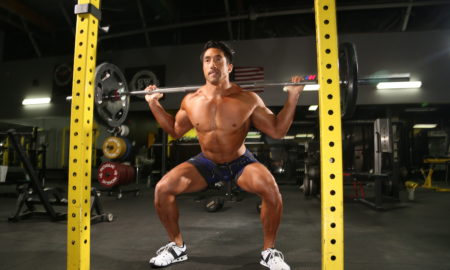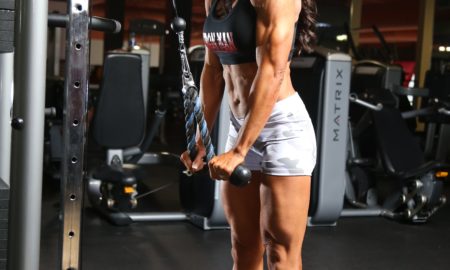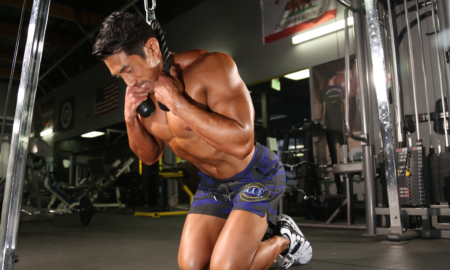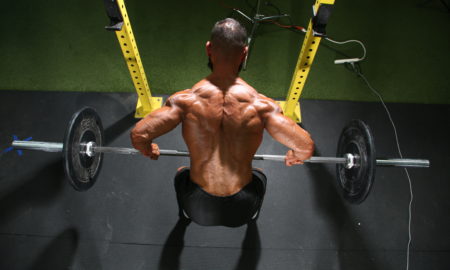The pullup is an exercise that kids usually try in elementary school. All they need is a bar that’s stable and high enough. Pullups are also part of the President’s Council on Physical Fitness tests, which have boys performing as many pullups as they can and girls holding the top position as long as they can.
As young athletes mature, the pullup technique begins to vary. The first modification they usually try is the wide-grip pullup. That’s more difficult and therefore more challenging. The close-grip, underhand pullup is another variation, and when trainees combine it with medium- and wide-grip pullups, they begin to feel different effects on their muscles.
Once young trainees become older and join a gym, a wide range of pullups and pulldowns become available. The V-bar pullup is often the next variation. Sometimes they will hold onto a towel or rope that’s hanging over the pullup bar. The various pulldown bars give even more variety.
Eventually, the issue of whether to pull their shoulder blades together or push them apart during pullups comes up. I’ve read many articles in different bodybuilding magazines. Some were written by legends in the field, and others by trainers or writers who were simply relaying what they were taught. The answer? Don’t do either. The portion of the brain that coordinates movement, the cerebellum, can coordinate your movements better than your conscious mind. Don’t interfere with natural movement. More than once when those articles were published in the past, I would see trainees who’d tried pullup modifications suffering from upper and midback strains.
I arrived home one night after work about six weeks ago. The son of my next-door neighbor called to me as I got out of my car. He is in his early 20s and is an avid trainee. He’d hurt his shoulder on pullups. Pullup injuries don’t usually produce the type of pain he appeared to be experiencing. He explained that he’d pulled himself up and then shifted his body from one side to the other while maintaining the high pullup position. He then felt a crunch and pain. He had a grade 1—that is, mild—sprain of the acromioclavicular, or AC, joint. That was the crunch and significant pain. It was also the reason for such unusual pain from a pullup injury. He required treatment, and he made a full recovery. He won’t be doing pullups that way again.
The key point is to let your body move in a natural way. You will gain latissumus dorsi (lat), teres major (upper lat), biceps, posterior deltoid (rear delt) and brachioradialis (forearm) strength from the pullup, whether you think about it or not. Your body will respond to the load you impose on it without your conscious mind doing a thing about it. Don’t change the technique and risk injury for a minuscule gain you think you may achieve. If you get injured, you can’t train. How much gain do you think you’ll make sitting at home instead of training?
Don’t listen to fads. Don’t listen to alleged authorities who make up the exercises as they go along without any thought of biomechanics or clinical implications. That’s how a pure and simple movement such as the pullup can become hazardous. Don’t listen to people who say, “That’s how the SEALs train.” First of all, there aren’t as many SEALs as people think, and most people don’t have access to how an elite military group actually operates.
First train smart; then train hard. That will keep you training.
Editor’s note: Visit www.SoftTissueCenter.com for reprints of Horrigan’s past Sportsmedicine columns that have appeared in IRON MAN. You can order the books, Strength, Conditioning and Injury Prevention for Hockey by Joseph Horrigan, D.C., and E.J. “Doc” Kreis, D.A., and The 7-Minute Rotator Cuff Solution by Horrigan and Jerry Robinson from Home Gym Warehouse, (800) 447-0008, or at www.Home-Gym.com.




















You must be logged in to post a comment Login